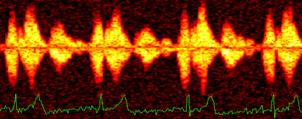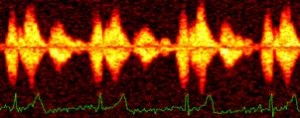Diagnosis, Management of PAH Benefit From Non-invasive Imaging Methods, According to Study

Courtesy of EchoSense
A recent review on imaging of pulmonary vascular disease and the right ventricle by non-invasive techniques in the context of pulmonary arterial hypertension (PAH) was published in the Canadian Journal of Cardiology. The review entitled “Advanced imaging tools rather than hemodynamics should be the primary approach to diagnosing, following, and managing pulmonary arterial hypertension” was published by Dr. Mario Gerges, first author, and Dr. Christian Gerges and Dr. Irene M Lang, senior authors from the Department of Internal Medicine II, Division of Cardiology at the Medical University of Vienna, Austria.
Pulmonary arterial hypertension (PAH) is a multifactorial and progressive orphan disease with high morbidity and mortality. It is characterized by a sustained increase in pulmonary vascular resistance, eventually leading to right ventricle failure and death. Despite increased knowledge of pulmonary hypertension (PH) in the medical community, data reveals that the majority of patients are still diagnosed in late stages of the disease.
[adrotate group=”4″]
In this review, the authors highlight the importance of non-invasive imaging in the diagnosis and follow-up of PH, but also acknowledge the need for invasive assessment. Specifically, they discuss the sensitivities and specificities of non-invasive imaging of PH and its role and future potential in replacing hemodynamics as the first strategy for screening, diagnosing and following/managing PH.
Right heart catheterization (RHC) is an invasive assessment of PH that is considered essential for the diagnostic analysis of the disease in order to assess severity and perform a vasoreactivity test. Still, RHC is associated with rare but serious procedure-related complications, including death. To deal with the increased number of PH cases due to left heart disease and lung disease/hypoxia, successful non-invasive diagnostic algorithms with the combination of multiple parameters have been developed to avoid unnecessary RHCs.
[adrotate group=”3″]
Recent findings established that PH is a pulmonary vascular disorder where the evaluation of right ventricular (RV) structure and function play a crucial role in both diagnosis and follow-up of patients with the disease. In the near future, standard guidelines may include diagnostic algorithms in which non-invasive methods targeting RV function, like transthoracic Doppler echocardiography, will have a very important role in diagnosis, following and management of PAH.








